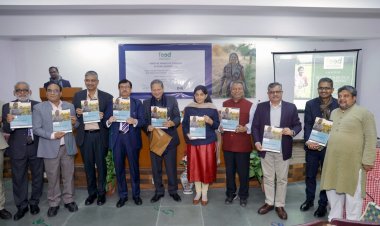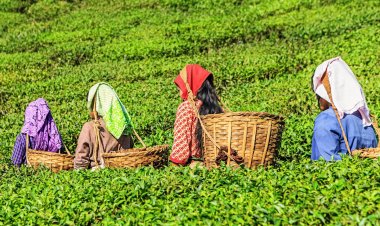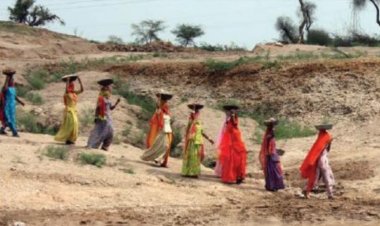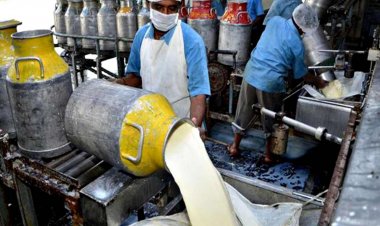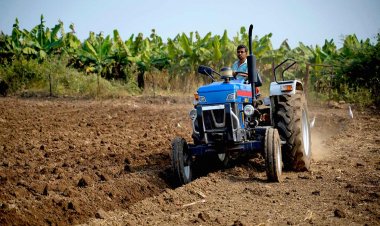Lumpy skin disease outbreak in UP, Punjab, Haryana after Rajasthan, Gujarat worries cattle farmers
Cows have been killed by the infectious lumpy skin disease in large numbers in Gujarat and Rajasthan. Cattle farmers are now scared in UP, Uttarakhand, Punjab and Haryana as animals in these states have been infected with the disease. Experts say only vaccines can stop this disease.
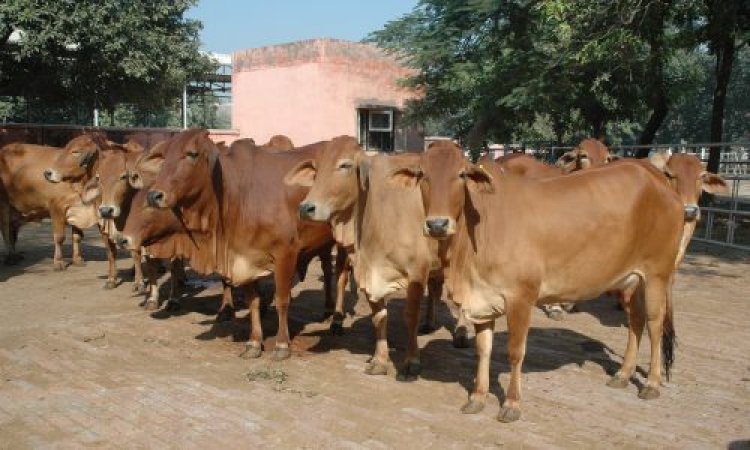
Lumpy skin disease, a viral infection that causes lumps on the body of the cattle, is spreading in several states of the country. Reports of the disease spreading are now coming from other states after Gujarat and Rajasthan, where cows have been killed by it in large numbers. There is no definite cure for this disease so far. Cattle farmers are now scared in Uttar Pradesh (UP), Uttarakhand, Punjab and Haryana as animals in these states have been infected with the disease. Experts say only vaccines can stop this disease.
Parshottam Rupala, the Union Minister of Animal Husbandry, had visited Rajasthan recently to assess the seriousness of the disease and the situation caused by it in the state. During the visit, he held a meeting with the minister and officials of animal husbandry in the state at the Rajasthan secretariat. Rupala has asked the state government to focus on important matters. He said that the employees engaged in vaccination and treatment should also pay special attention to hygiene because the syringes, needles, etc. used for infected animals might put other animals at risk.
What is lumpy skin disease?
Rural Voice spoke about this disease to cattle disease expert Dr Rajpal Diwakar, Assistant Professor, Acharya Narendra Dev University of Agriculture and Technology, Kumarganj, Ayodhya. He said that the infection was caused among the cattle by the Capripox virus, which spread through animal saliva, shared water and animal fodder. The virus also spreads through ticks, mosquitoes and flies that sit on the infected animal’s body. The disease causes severe headaches and neck pain. It reduces the milking capacity of the cattle. The movement of diseased cattle infects the healthy cattle that come into contact with the former. When the cows and buffaloes come together and bathe in or drink water from the same pond, the disease may spread.
When does the disease spread?
Dr Diwakar said that lumpy skin disease is more prevalent in hot and humid weather. The way heat and humidity are on the rise at present has also increased the risk of the spreading of the disease. However, as winter sets in, the disease becomes less prevalent.
Symptoms
Dr Diwakar said that lumpy skin disease was characterized by the appearance of skin nodules on the animal’s body. Nodules of diameter 2-5cm grow throughout the body. They spread especially on the head, neck, limbs and near the genital organs. The nodules appear across the body barely hours after the infection. Besides, there is a watery secretion from the animal’s nose and eyes. The animal is gripped with fever. Even abortion may happen in pregnant cattle. If the infection is severe, pneumonia may lead to swelling in the feet.

Prevention and control
According to Dr Diwakar, there is no definite cure for lumpy skin disease as yet. Vaccination is the most effective means of prevention. The disease may be controlled by using steroids, anti-inflammatory drugs and antibiotics. The infected cattle should be kept tied at one place. They should not be allowed to come into contact with healthy cattle. The healthy cattle should be vaccinated while the diseased ones should be administered medicine for fever and pain and treated as per symptoms. Cattle purchased from the market or outside should not be kept with the existing cattle; they should be quarantined for at least 15 days.
Humans not infected from animals
Dr Diwakar said that this viral disease does not come under the category of zoonotic diseases. Hence the cattle farmers should not get scared for no reason. If a person consumes milk from an infected animal after boiling, the disease will have no adverse effect on the human body. Cattle farmers should be wary of rumours about the disease circulating on social media.



 Join the RuralVoice whatsapp group
Join the RuralVoice whatsapp group

















